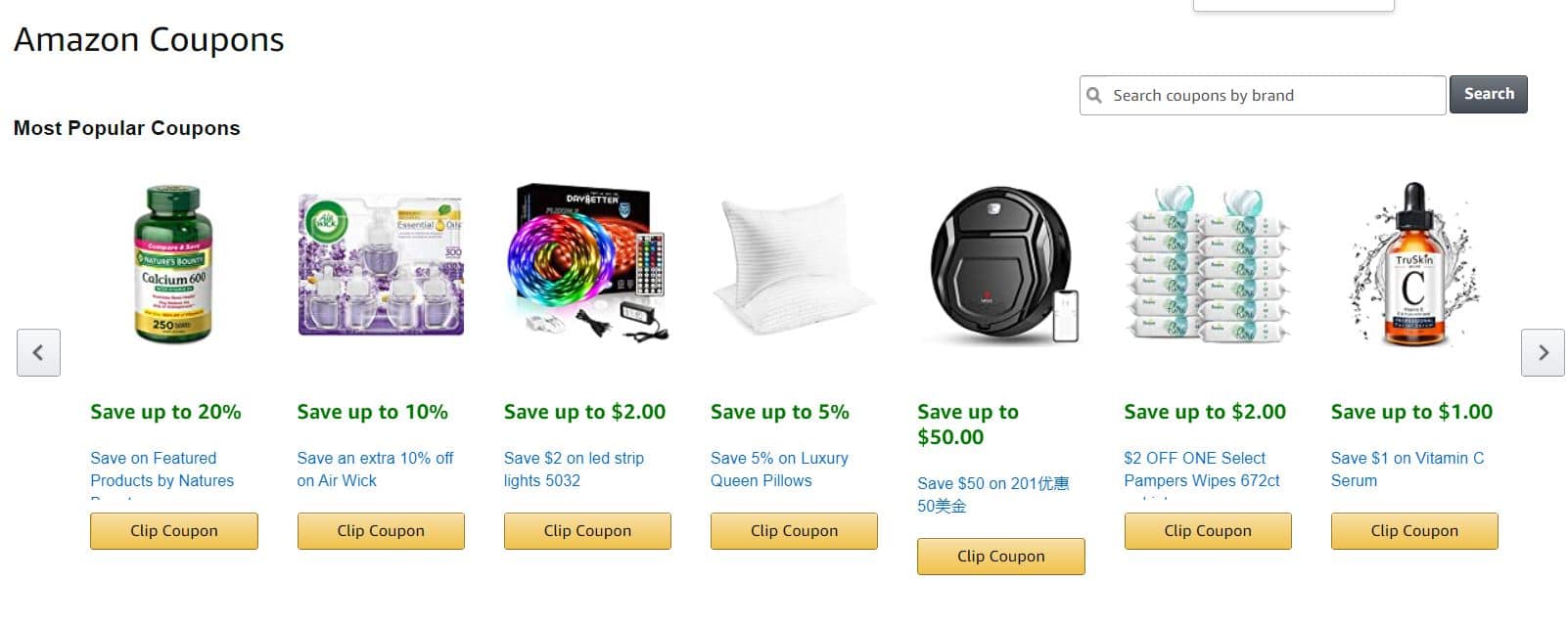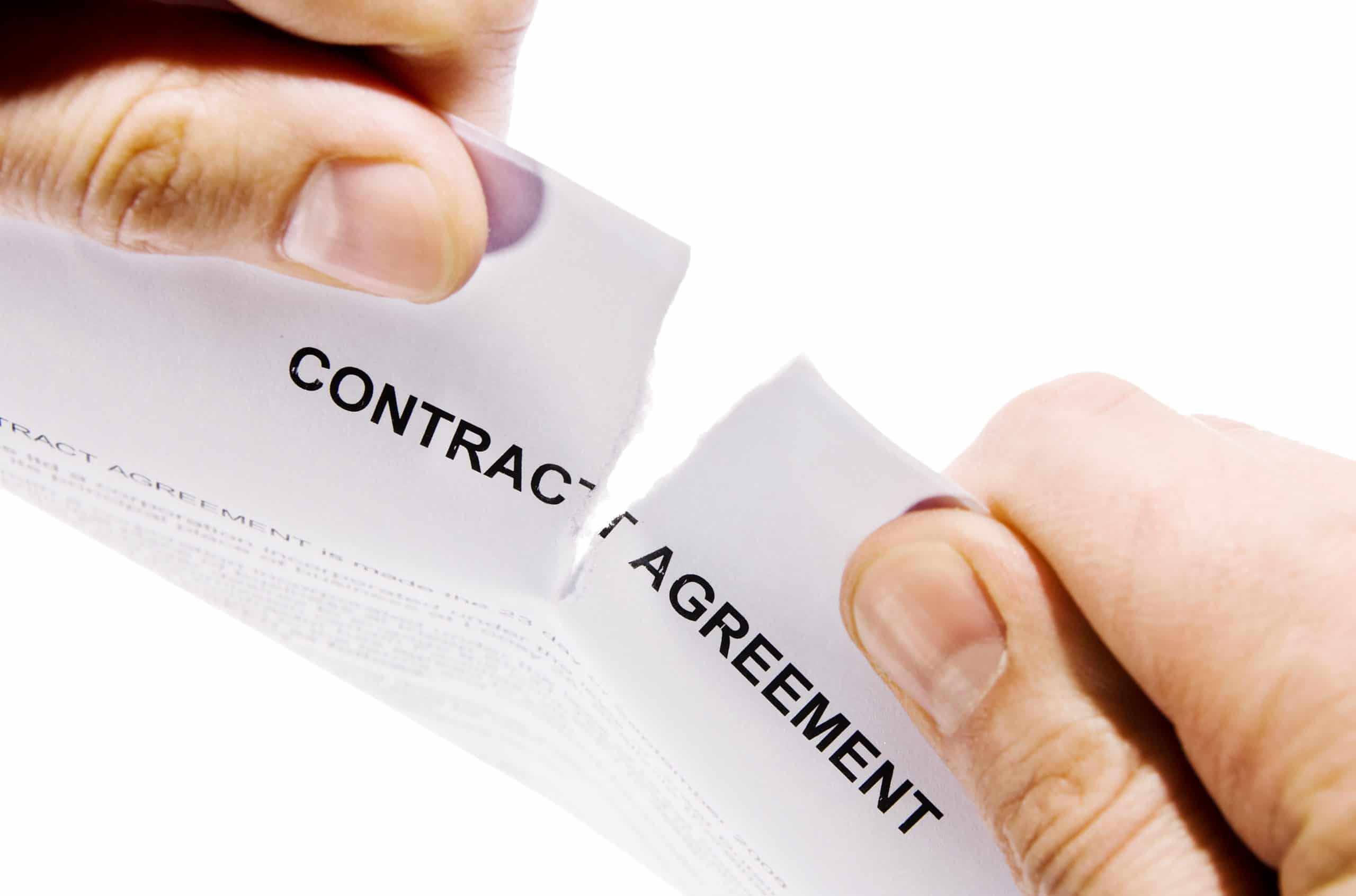Minimum Advertised Price (MAP) Policies and How They Affect E-Commerce Sellers

Imagine you found a manufacturer that supplies high-quality headphones that you’d want to resell. Each pair of headphones is only $20 for the wholesale price, and you’d want to sell it for $32. The manufacturer, however, said that you should not advertise them below $35.
Is this allowed?
Minimum Advertised Price (MAP) policies have become more popular since the boom of the e-commerce industry. Sellers from different platforms such as Amazon, Walmart, and Shopify seem to be in a race to the bottom when it comes to pricing.
But how do these policies affect the right of resellers to determine the selling price? Do they pose problems for customers?
In this article, we will look at what MAP policies are, whether they are legal, and how they can be enforced.
Contents
What Is MAP?
MAP stands for Minimum Advertised Price and is the lowest price that the manufacturer allows resellers to advertise their products to the public.
Take note of the word advertised. MAP is concerned with only the advertised price, not the actual selling price.
Hence, the pair of headphones we talked about earlier can be sold for $32, but they should not be advertised for less than $35 when there is a MAP policy.

But why do these policies exist in the first place when in fact you can sell products for lower than their MAP?
To understand the importance of MAP policies, you need to understand the impact of pricing on the perceived value of the product. Setting a MAP is useful for the following reasons:
Protection of seller margins
- Imagine if there is no MAP. Your competitor will be able to advertise the same product for a lower price, which will force you to lower your prices as well to remain competitive. When this happens, sellers will effectively narrow their profit margins, making them earn less in proportion to the number of units they are able to sell.
Protection of the brand’s identity and value
- If designer brands like Cartier and Louis Vuitton allow resellers to advertise their products at 80% off, customers will soon feel that the products aren’t as exclusive as they were before. Not having a MAP can affect a brand’s perceived value, which is why manufacturers are keen on setting one.

Promotion of fair competition
- Big shopping malls may price their products lower because they know they will sell more units compared to small-time sellers. This is also true in the world of e-commerce. When big players are allowed to advertise below the MAP, it will be more difficult for small businesses to penetrate the market.
Are MAP Policies Legal?
There are legitimate reasons why manufacturers would want to enforce MAP policies against resellers. But as to whether this act is legal or not will depend on the country you are trying to enforce them.
MAP policies may or may not be present in manufacturers’ transactions with their resellers. Thus, they are not mandatory.
But when a brand wants to enforce one, the owners should be looking at the antitrust laws of the country they are transacting on.
In the United States and Canada, for example, setting MAP policies is allowed. However, in the United Kingdom, the same is considered violative of the Competition Act.
The Leegin Case
Decided in 2007, Leegin Creative Leather Products, Inc. v. PSKS, Inc. is one of the most important cases decided by the US Supreme Court about setting minimum prices for manufacturers’ products. This landmark case affected even the price maintenance laws of Canada.
Here, Leegin required retailers to charge no less than certain minimum prices for their products. When PSKS discounted the products below the minimum, Leegin dropped it as a retailer. The question decided by the court was whether it was per se illegal for manufacturers to set mandatory minimum prices for their products.

In a 5–4 decision, the Court ruled in the negative. This doesn't mean that setting minimum prices cannot be considered anti-competitive, however. It just means that instead of dismissing such act as illegal right away, the rule of reason should be used as the test in determining the validity of the policies in question, i.e., each issue will be decided on a case by case basis, considering various factors first before deciding whether the policy is anti-competitive or not.
This was in contrast to the previous landmark case of Miles Med. Co. v. John D. Park & Sons Co., which treated vertical price agreements (e.g., manufacturer-retailer) in the same way as horizontal price-fixing agreements (e.g., distributor-distributor).
With the Leegin decision in place, violations of MAP policies may justify a manufacturer in terminating a contract with erring retailers.
In short, before the Leegin case, MAP policies were per se illegal. But now, using the rule of reason, these policies may be justified.
Other Considerations
MAP policies are no longer illegal per se, but they may still be considered anti-competitive if you aren’t careful. When drafting your policies, always ask the help of a legal professional because using a boilerplate text may get you in trouble with authorities.
There are acts you need to avoid when making your MAP policy:
- You shouldn’t talk to your resale channel.
- Even an appearance of price fixing can cause the courts to doubt the anti-competitive nature of your policy. MAP policies are supposed to be unilateral, i.e., the manufacturer or supplier will set the minimum advertised price without input from the resellers.
- You shouldn’t talk to your competitors.
- The difference between horizontal and vertical agreements was touched upon in the Leegin case because of its importance in determining the anti-competitiveness of policies. While not all anti-competitive, agreements between businesses operating on the same level may be indicative of antitrust violations. Courts might question the legality of the policy because there might be agreements that restrict competition.
How to Get Around MAP Pricing and Sell Below the Minimum Advertised Price
I’ve emphasized this earlier, but it’s worth mentioning again. MAP policies are concerned only with the advertised price, not the actual selling price. Thus, as long as you don’t advertise below the amount indicated in the MAP policy, you are not violating it.
In brick-and-mortar stores, products may be advertised through flyers and magazines. The prices indicated in these advertisements may differ from the prices you may see in the actual store itself. There are a couple of MAP pricing strategies you can use.
For example, the MAP policy indicates that a toy should not be advertised below $25. In the flyer, it was advertised at $27. But when you visit the store, it’s at 50% off. This act of discounting does not violate the MAP policy.
How about in the e-commerce realm?
An analogy with brick-and-mortar stores is seen in online selling platforms. While a product may not be advertised below a set amount, the customer can still purchase it cheaper using coupons and discounts that will be indicated at checkout.

Thus your online shopping cart acts like the physical store in our example earlier. Once the customer gets there, the reseller can sell the product even below the minimum advertised price.
MAP Policies and Amazon
MAP policies are between the manufacturer and retailer. So how does an online marketplace like Amazon fit into the picture? Can manufacturers force Amazon to enforce the policies?
Unfortunately, Amazon doesn’t care much about MAP policies and whether or not they are followed. This is understandable since they are not a party to the agreement and they’re generally more concerned about lowering prices to attract more customers.
This is good news when you’re just a reseller because Amazon does not intervene even if you have a violation. In addition, you increase your chances of winning the buy box. But what if you’re the brand owner who wants to protect your brand’s perceived value?
Manufacturers can do any of the following:
Contact the reseller directly. This serves as a warning not to sell below the MAP set. This can be done through a cease and desist letter.
Refuse to sell to the erring reseller. If there is still no action after the warning, manufacturers can refuse to sell to the business owner. So even if the latter has caused brand erosion in the meantime, he cannot continue to do so once he runs out of products.

Conclusion
MAP policies allow brands to protect their perceived value while also maintaining fair competition among resellers. The legality of these policies depends on the laws of the country within which you wish to enforce them.
While it’s not easy to keep violators at bay, being consistent with monitoring and enforcing your MAP policy will send the message that you are serious about it.
Have you run into any trouble involving MAP policies? We’d love to hear from you in the comments section.




